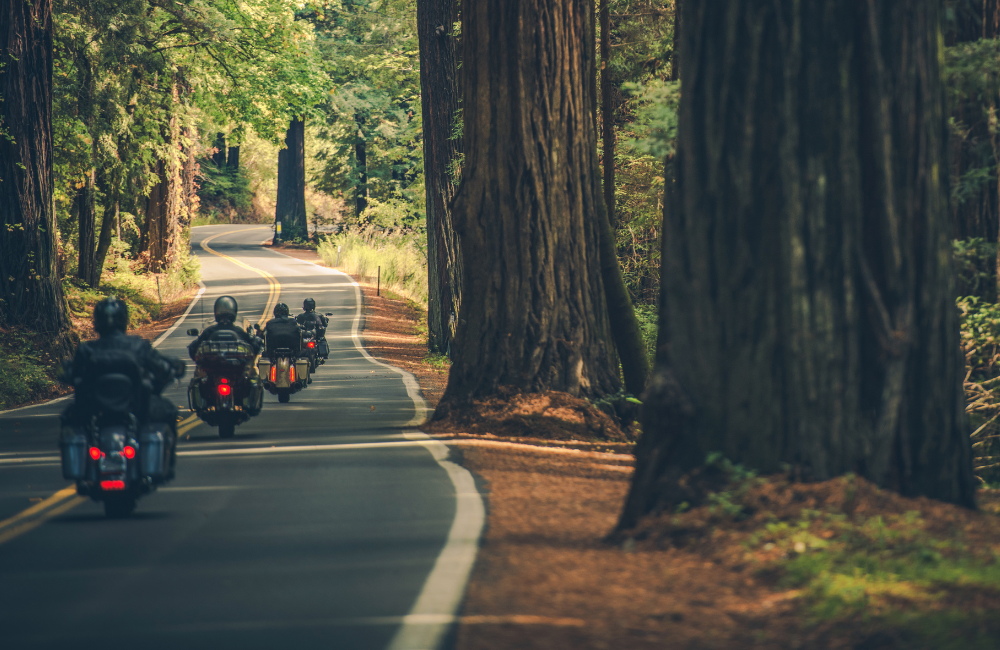There’s a sense of camaraderie that comes from riding with a crew. While you all see the same roads, towns, fields, creeks and mountains, you see them through your own unique perspectives. Perspectives that you can discuss later over a coffee or a brew during a much-needed rest stop. Motorcycle group riding is a bonding experience that involves braving whatever the weather, the road conditions, or the traffic throws at you.
You don’t have to be in a motorcycle club to form a riding group. All you need are a few friends, or, if you’re very lucky, dozens of them, who are willing to venture out on the open road with you. Riding in a pack can deepen friendships or end them depending on how everyone behaves, so it’s important to be aware of your rider responsibilities. Good motorcycle riding etiquette and establishing some solid motorcycle group ride rules will save you from a lot of hassle and heartache later on.
Here are some Taverner tips for motorcycle group riding that will help you explore the open road with ease and make sure everyone has a memorable and satisfying ride.
Pre-Ride Preparation
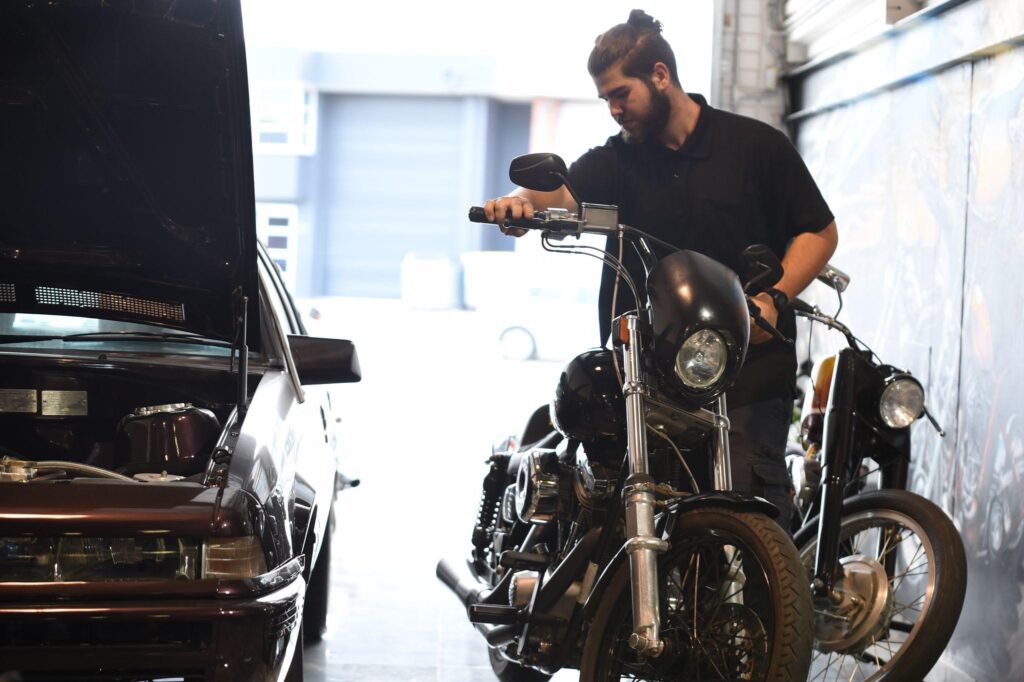
Motorcycle group riding starts with a good group meeting. Quickly touching base before you set off on your ride helps to get everyone on the same page when it comes to motorcycle group ride rules, general route info, fuel/bathroom/meal stops and what to do if you get split up.
There’s a good chance your group will be made up of riders with all kinds of experience levels. Motorcycle riding etiquette means never leaving anyone behind, but newbies also have the responsibility to make sure their bikes are in good nick, and they can keep up with the rest of the pack. Here are some important points to consider when it comes to your pre-ride preparation:
Prepping your bike
You don’t have to have the fastest bike in town. But it should be well-maintained and quick enough that it won’t leave you lagging behind. At the very least, do a T-CLOCS pre-ride inspection. If your bike needs some maintenance or repair work, it’s best to book that long before you set out on your trip.
Choosing your leader
The most experienced rider should know the route you’re taking and lead the way. The least experienced rider should follow, with another experienced rider (the “sweeper”) in the rear. The sweeper should carry first aid and repair tools, know the way in case anyone gets lost and guard the group against overly aggressive drivers.
Motorcycle Group Riding Communication
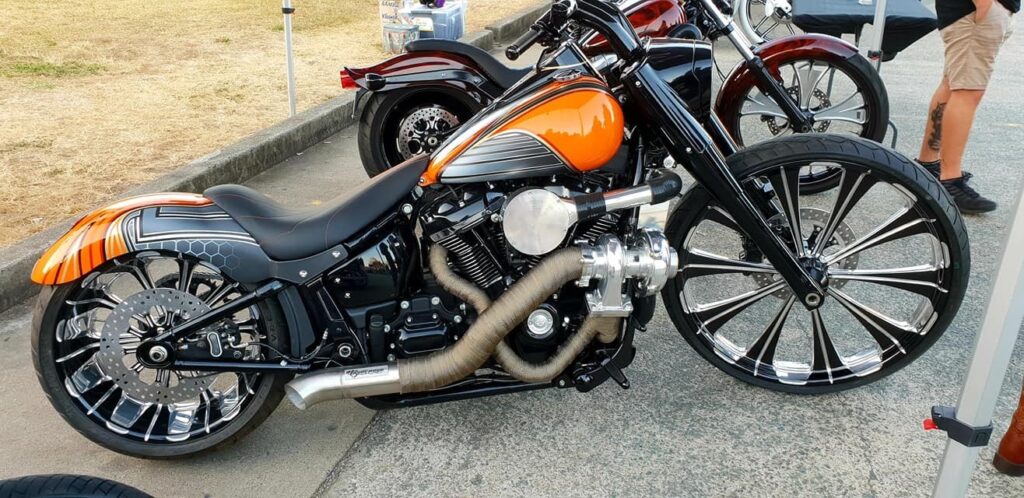
Communication is one of the key elements of motorcycle riding etiquette. This includes communicating with one another and communicating with other road users. Some communication tips for motorcycle group riding include:
Have hand signals
Each member of your party needs to know the hand signals you plan to use. An easy option is to use the Motorcycle Safety Foundation (MSF) signal system. But whichever system you use, make sure it’s consistent and that everyone’s on the same page. Make this one of your non-negotiable motorcycle group ride rules.
Communicate with other motorists
Drivers and other riders might not understand your system, but you can still communicate with them. Brake lights, turn signals, and even a simple wave can make your intentions loud and clear.
Motorcycle Group Riding Positioning
Riding side-by-side might feel like the most natural approach, but a staggered formation is the easiest position to move in and will provide you with the highest level of visibility.
The staggered formation is basically a zig-zag pattern that starts with the first rider on one side of a lane, the second rider on the opposite side and so forth.
Of course, you’ll have to adjust your position as you go and here are some situations that require a shift in position on the road:
Curves
When you come to a bend in the road and need to turn, that’s when it’s time to form a single line. That way, you have room to lean and adjust your course if you need to. It’s best to give the rider ahead of you some extra space as well.
Intersections and red lights
It’s in your best interests to stick together with other riders, but sometimes red lights and intersections throw up challenges and break up the group. How you deal with this is up to you. The leader can pull over and wait for the rest of the crew to catch up, or you can break up a very large group into smaller selections of six to eight riders.
Approach intersections with caution, and if you come to a stop sign or red light, pull over side by side and two by two.
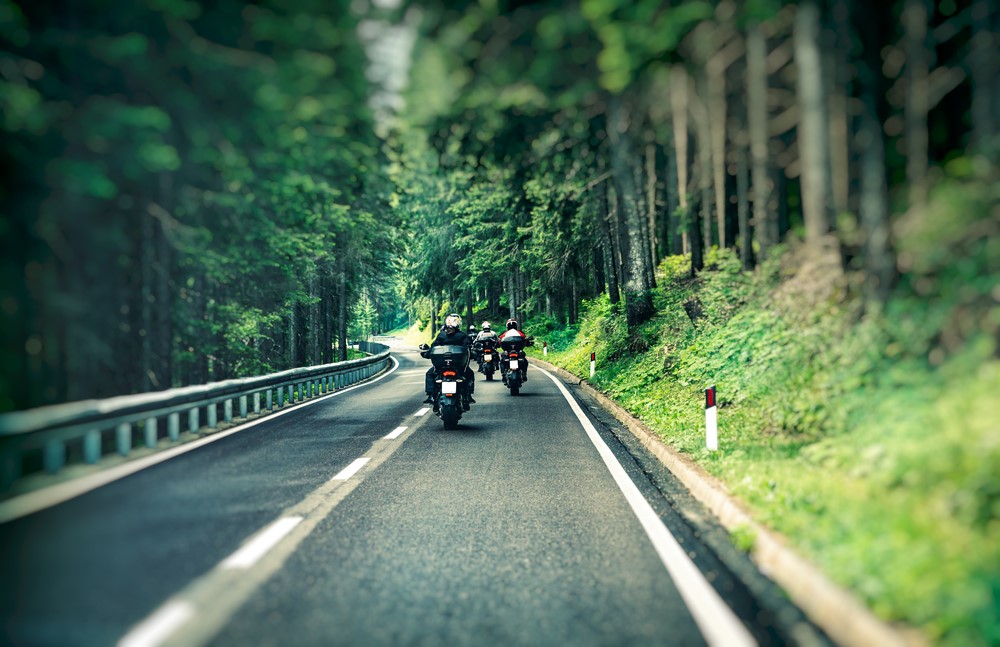
Passing
Always pass cars, other riders and other groups with caution and never follow the riders in front without checking for yourself that the coast is clear. The leader of the group decides whether or not to pass and return to the staggered riding position. The rest of the group follows in tow until the group is back in its original formation.
Motorcycle Group Riding Safety Tips
Here are some general safety tips to make motorcycle group riding a lot easier and keep you safe on the road:
Clarify your motorcycle group ride rules
Having some firm rules in place for motorcycle group riding (e.g. when to take breaks and what to do when a rider gets separated from the herd) will make for a smoother and safer ride.
Carry a first aid kit and supplies
A first aid kit and some tools are handy to have in case of emergencies. But items like cash, rain gear, drinking water, flashlights and phone chargers are also handy to have on hand, just in case.
Don’t ride beyond your skill level
Some members of your group may be old hands, while others might be green and inexperienced. Motorcycle riding etiquette involves making allowances for the slowest person in the group, who also has the responsibility to keep up. Trying to ride beyond your skill level is dangerous. If you think you’re out of your depth with the pack, it’s best to go your own way.
Maintenance and Servicing at Taverner Motorsports
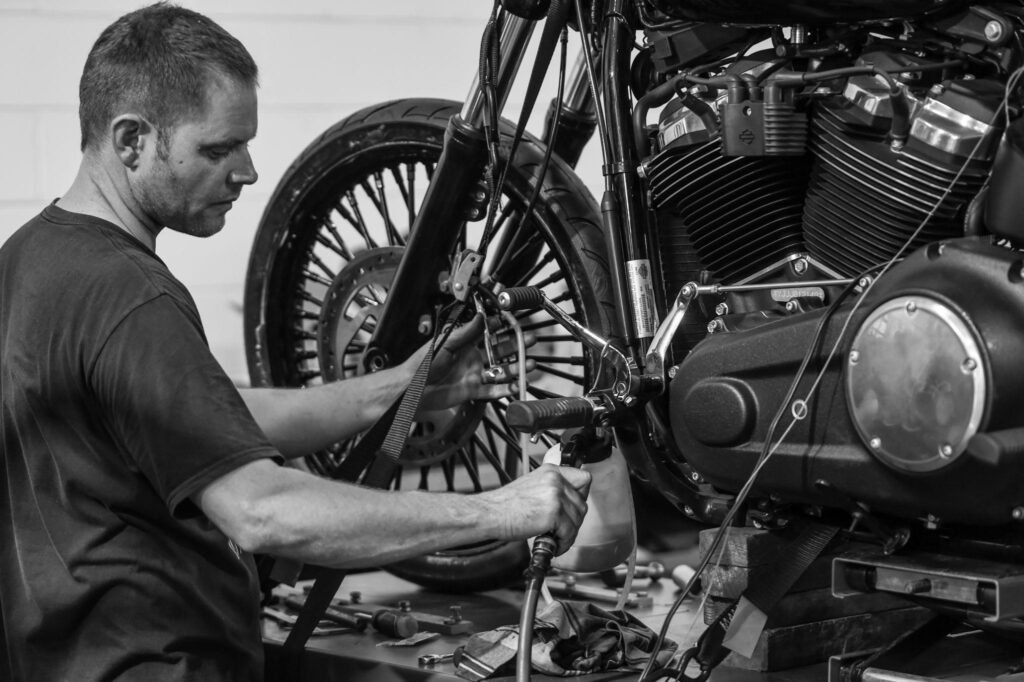
Taverner Motorsports can make sure your bike is up to speed for group motorcycle riding. With our routine maintenance and repair services, we’ll ensure everything from your engine to your brakes to your suspension is top-notch. We’ll reduce your risk of having to make emergency repairs on the road and make sure your bike is safe to go the distance on.
With more than 40 years of experience in this business, Taverner has a long history of helping bikes reach their full potential, whether that’s through customising, routine servicing or one of the many other services we provide. We also have an engineer on our team who can make sure all of our modifications are legal and that you comply with the road rules.
If you want more information about our services and how we can prepare your bike for motorcycle group riding, contact the Taverner team for a free quote.
